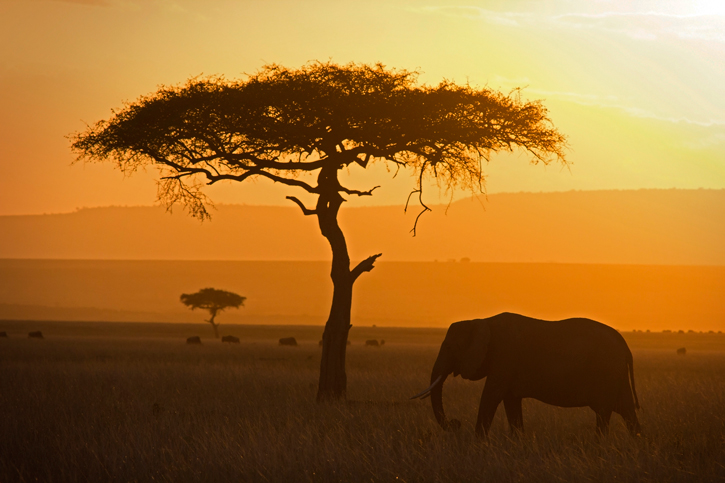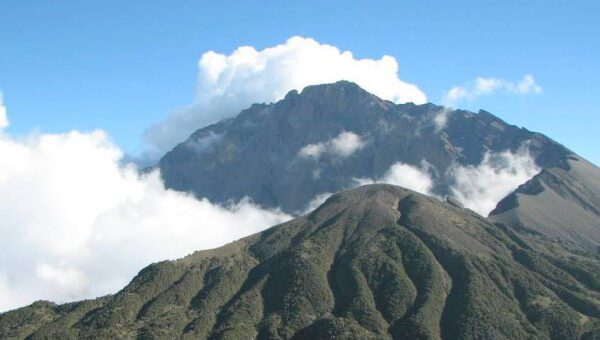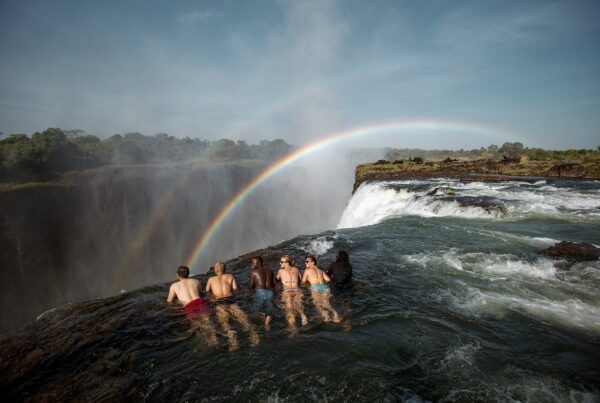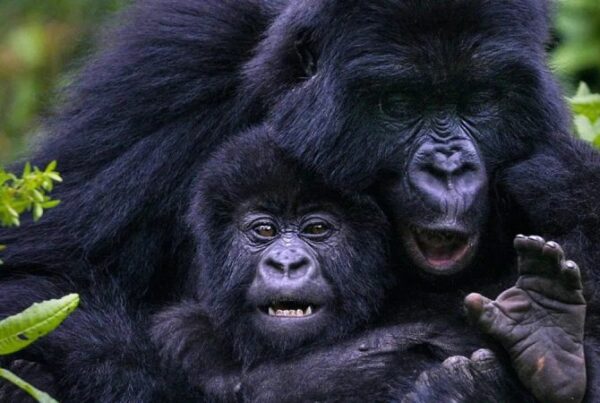Masai Mara vs Serengeti – Which Park Should You Choose?
The Great Safari Dilemma Unpacked
An Epic Safari Decision: Masai Mara or Serengeti?
In the heart of East Africa, two legendary safari destinations stand tall as the paragons of wilderness, drama, and raw beauty—the Masai Mara in Kenya and the Serengeti in Tanzania. For any traveler envisioning the quintessential African safari, the question inevitably arises: which one offers the better experience? This is not merely a comparison of landscapes or wildlife—it is a deeper exploration of ecosystems, seasonal rhythms, cultural touchpoints, and immersive travel styles.
While both regions form part of the same transboundary ecosystem, separated only by a political border, their character, scale, and offerings vary in subtle but meaningful ways. The Masai Mara feels intimate, punchy, and instantly gratifying, whereas the Serengeti breathes with vastness, mystery, and the slow unfolding of nature’s grandeur.
To choose between them is to balance expectations, preferences, and priorities. For some, it may be the spectacle of predators on the hunt. For others, it could be the raw remoteness of the wild. And for many, it lies in the unforgettable moment of watching a million wildebeest thunder across the plains, a spectacle that ties the two parks together in a shared heartbeat known as the Great Migration.
This article unpacks the complex differences and complementary strengths of both destinations—not to declare a winner, but to illuminate which park best aligns with your own African dream.
Location and Accessibility: Convenience vs Immensity
The Masai Mara National Reserve is tucked into the southwestern corner of Kenya, bordering Tanzania, and lies just a short flight or a six-hour drive from Nairobi. Its accessibility has long made it a favorite among first-time safari-goers or those seeking shorter trips with intense wildlife experiences. Charter flights land directly on bush airstrips, placing travelers mere moments away from iconic scenes.
The Serengeti National Park, in contrast, unfolds across northern Tanzania in an endless sprawl that defies quick access. Reaching the heart of the Serengeti often involves flights from Arusha or longer overland journeys that pass through other parks in the Northern Circuit, such as Ngorongoro Crater and Lake Manyara. This relative remoteness adds to its mystique, offering an experience of untamed, uninterrupted wilderness that feels profoundly ancient.
For travelers pressed for time or seeking logistical ease, the Masai Mara may hold the advantage. However, for those craving a journey into Africa’s unfiltered wild, the Serengeti promises unmatched scale and solitude.
Wildlife Viewing: Abundance, Diversity, and Spectacle
Both the Masai Mara and the Serengeti are among the richest wildlife habitats on the planet. Their shared ecosystem allows for free movement of species, and every member of the famed Big Five—lion, leopard, elephant, buffalo, and rhino—can be spotted in either park.
The Masai Mara excels in its density and concentration of big cats, particularly lions, cheetahs, and leopards. The flat, open grasslands make for easier sightings, and predator-prey interactions are witnessed with remarkable frequency. This makes the Mara ideal for travelers interested in photographic opportunities and intense wildlife drama in a more compact area.
The Serengeti, by contrast, delivers a grander narrative. Wildlife is distributed across varying ecosystems—from open savannah to rocky outcrops and woodlands—and sightings require more time and patience. But this patience is often rewarded with profound encounters: vast herds stretching beyond the horizon, lions sprawled across kopjes, elephants navigating ancient migratory routes, and hyenas echoing through the night.
While the Mara offers immediacy, the Serengeti offers epic scale. The former is a thrilling sprint; the latter, a deep-breathing safari novel.
The Great Migration: A Shared Marvel, Differently Experienced
No discussion of these parks is complete without mention of the Great Migration, one of nature’s most awe-inspiring phenomena. More than 1.5 million wildebeest, along with hundreds of thousands of zebras and gazelles, move in a continuous cycle between Tanzania and Kenya, driven by rainfall and grazing needs.
In the Masai Mara, the migration is typically observed between July and October, when animals cross the Mara River in dramatic, high-stakes scenes that have become the stuff of wildlife documentaries. The river crossings, with their lurking crocodiles and stampeding herds, are unforgettable, but confined to a shorter window and a smaller segment of the herd.
In the Serengeti, the migration unfolds across the calendar in different regions of the park. The southern Serengeti becomes a nursery in January to March, with mass calving and predator activity, while the western corridor and northern areas host crossings of the Grumeti and Mara Rivers at various points between May and August.
Thus, while the Masai Mara offers spectacular moments, the Serengeti offers a full-year immersion in the migration’s many chapters. The choice depends on whether one prefers a singular, climactic experience or a broader engagement with the migration’s seasonal rhythm.
Landscape and Atmosphere: Intimacy vs Vastness
The Masai Mara’s landscape is characterized by rolling grasslands, scattered acacia trees, and open plains, making it visually accessible and wildlife-rich. The terrain creates a sense of proximity, both to the animals and to fellow travelers. It is not uncommon to see multiple vehicles converging on a single sighting, especially during peak migration months.
In contrast, the Serengeti’s expanse is jaw-dropping. Its name derives from the Maasai word “Siringet,” meaning “endless plains,” and this description could not be more apt. The landscape varies with altitude and rainfall, from short-grass plains in the south to rugged kopjes in the central Seronera area and riverine forests in the north.
This diversity of ecosystems in the Serengeti lends it a cinematic quality. The isolation, the sweeping views, and the sheer silence of the land evoke a sense of humility and wonder that is rarely matched.
For travelers seeking intimacy and efficiency, the Mara delivers with immediacy. But for those drawn to solitude, variety, and a profound connection with the wild, the Serengeti holds unmatched allure.
Cultural Connections and Local Community Involvement
Both parks are rooted in Maasai heritage, and cultural encounters can be woven into any itinerary. The Masai Mara, with its strong community-run conservancies, offers structured and meaningful interactions with local people. Visits to Maasai villages, storytelling, traditional dance performances, and community-led walking safaris provide insight into their pastoral way of life and co-existence with wildlife.
The Serengeti, being a more strictly regulated national park, places less emphasis on direct cultural encounters within its core zones. However, the broader region—including Ngorongoro and surrounding villages—offers rich cultural tourism, including interactions with the Datoga and Hadzabe peoples. These experiences, while slightly removed from the Serengeti itself, add depth to longer itineraries.
Those seeking more integrated cultural dimensions may find the Masai Mara’s conservancy model more immersive, while those drawn to anthropological depth may benefit from extended travels through northern Tanzania.
Lodging and Safari Styles: Luxury, Authenticity, and Exclusivity
Both destinations cater to a range of budgets, from mobile camps to ultra-luxury lodges. The Masai Mara, with its proximity to Nairobi, features a variety of well-established camps and an impressive network of private conservancies, which limit the number of guests and vehicles, ensuring more exclusive safari experiences.
The Serengeti, given its vastness, accommodates mobile tented camps that follow the migration, as well as permanent lodges located in prime wildlife areas. Many camps operate in the more remote zones of the park, offering seclusion and immersion in the bush without compromising on comfort or service.
The Mara’s conservancies may appeal more to travelers seeking luxury with ethical tourism benefits, while the Serengeti caters to those pursuing adventure, isolation, and long-form safari storytelling.
The Verdict: Which Safari is Right for You?
There is no definitive answer in the Masai Mara vs Serengeti debate—only clarity in personal preference. If time is short, and high-density wildlife viewing with luxurious ease is the goal, the Masai Mara offers immediacy and excitement with a human touch. If you are captivated by the idea of timeless horizons, following the ancient rhythms of the migration across diverse landscapes, and embracing the true scale of the African wilderness, the Serengeti beckons with its epic spirit.
The wisest travelers, however, do not choose—they combine both. Cross-border safaris curated with care allow visitors to witness the shared pulse of this ecosystem, experiencing both the Mara’s electricity and the Serengeti’s grandeur in a single, seamless journey.
Begin Your East African Journey with WildHorn Africa
Whether it’s the thrilling immediacy of the Masai Mara or the awe-inspiring scale of the Serengeti, the safari of your dreams deserves expert planning, insightful guidance, and a deep respect for the land and its people. That’s where WildHorn Africa comes in.
With years of experience designing custom, immersive safaris across East Africa, WildHorn Africa ensures that every traveler is matched with the destinations, accommodations, and experiences that best suit their desires. Their local knowledge, ethical partnerships, and attention to detail turn journeys into lasting legacies.
To make the most of your African adventure—be it in the Masai Mara, the Serengeti, or both—booking through WildHorn Africa ensures that you travel not just smartly, but meaningfully. The journey begins with a single decision. Let it be the right one.





 WildHorn Africa – Authentic and unforgettable tours across Africa, guided by local experts who know the land, wildlife, and culture best.
WildHorn Africa – Authentic and unforgettable tours across Africa, guided by local experts who know the land, wildlife, and culture best.


